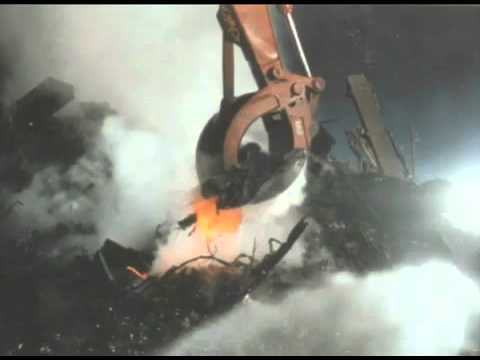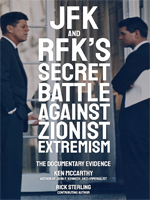The Dimitri Khalezov 9/11 Nuclear Theory
Answers many questions
Job description below
Click here to support Brasscheck
The 12th GU MO is probably the most secretive organization of the Soviet/Russian Armed Forces, even more than the GRU or the Strategic Rocket Forces. Even though today Russia has become more open and even some articles appear in its mass-media openly describing the “Nuclear Technical Service” Directorate, this organization remains off-limits. However, during Soviet times the most of commissioned officers, even though highly educated ones, had little or no knowledge that the 12th Chief Directorate existed. In the Soviet times it was considered taboo to talk about it outside of secured premises. When talking to strangers, even to other commissioned officers of the Armed Forces, one could only refer to their unit by its coded number. For example, you could say that “I serve as a tank platoon commander at the military unit 31600,” but nothing more than that.
Most of officials of the 12th GU MO headquarters wear gunnery uniforms and bear military ranks typical to Artillery, since this organization is considered being primarily an “arsenal.” However, when it comes to its personnel serving in its remote nuclear arsenal bases, it could wear various military uniforms, ranging from aviation and navy to even tank-crews and marines, because it is a long-time policy of the 12th GU MO to disguise its remote units. All service personnel of the 12th GU MO are explicitly forbidden to reveal to anyone, even to their spouses, that they serve in the Nuclear Technical Service, in the 12th Chief Directorate, or that they have anything to do with nuclear weapons. Moreover, a majority of non-essential staff of nuclear arsenal bases do not know that they actually maintain nuclear weapons. Every unit of this organization has its own cover story based on its location and its currently worn uniform and all its personnel must strictly adhere to this story when dealing with strangers. Some bases also use “civilian legends.” For example, nuclear arsenal base unit number 62047 in Krasnokamianka, Kizil-Tash, Crimea, was masquerading as a “wine-making enterprise”.
Active disinformation measures to this effect are meticulously planned and are regularly conducted not only in order to create a wrong impression among local population and neighbouring military units, but even to misinform conscripts and other unrelated staff serving at actual arsenal bases. For example, tanks and artillery pieces that are maintained as a part of the cover story could be seen by neighbours on daily “routine” exercises in corresponding bogus “tank“ or “artillery“ regiments. In order to minimize spreading of information about these bases, their commissioned staff was encouraged to serve at one location for as long as possible and not to seek promotions outside their bases (while it was typical for Soviet military in general to move officers every 3–5 years to various places and to promote them exclusively outside of their former military units).







